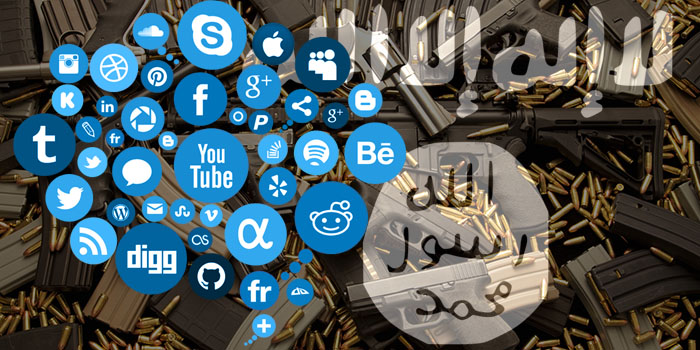
While Islamic State fighters in Syria and Iraq have largely been forced underground, the terror group’s other fighters along with its media operatives appear intent on surging, combining an increase in attacks with ramped-up output on social media, like reported by allafrica.com.
The strategy comes as little surprise to U.S. officials who have long warned the fight against IS would not end with the collapse of its self-declared caliphate in March.
But the wave of propaganda, following the deadly Easter Sunday bombing in Sri Lanka and the release of a new video from IS leader Abu Bakr al-Baghdadi, seems to be making an impact.
“ISIS media, like Nashir News, has upped its production,” according to Chelsea Daymon, a terrorism and security researcher at American University, using an acronym for the terror group.
“Among supporters, there’s been a lot of chatter about the [Islamic] state being back,” she said. “The Sri Lanka attacks as well as the Baghdadi video have provided a lot of moral support for them.”
Analysis by the SITE Intelligence Group shows that in the past several weeks IS has claimed responsibility for attacks in at least 13 countries, not including Syria and Iraq.
New provinces
Additionally, it has announced new provinces in Pakistan and India, both of which had previously been categorized under the Afghan-centered IS-Khorasan province.
Just a few weeks earlier, IS announced the creation of a Central African province, praising an attack on army barracks in the Democratic Republic of Congo, killing three soldiers.
Analysts say the heavy focus on areas outside the terror group’s collapsed caliphate is no accident.
“It seems ISIS, via its propaganda approach, are trying to convince that they are far from physically defeated,” Raphael Gluck, co-founder of Jihadoscope, a company that monitors online activity by Islamist extremists, told VOA.
Gluck said much of the terror group’s online activity appears to be picking up on the themes laid out by IS leader Baghdadi in his video, released April 29, when he called on followers to exhibit “steadfastness” in what he described as a “battle of attrition.”
“Editorials and articles in its weekly newspaper suggest a newer guerrilla-style approach, wearing down enemies by carrying out smaller attacks,” Gluck said, adding there are also lots of suggestions that the self-declared caliphate is “gone but not forever.”
“Photo essays that used to appear more frequently are appearing less often but nevertheless showing daily life — marking the end of a day of Ramadan fasting, executing enemies — perhaps the sort of propaganda that makes said.
More execution images
IS and IS-affiliated outlets have likewise played up Baghdadi’s call for vengeance.
“There’s a big uptick in execution images,” said American University’s Daymon, talking about both official and semiofficial sources of IS propaganda.
“For a long time, there was a lack of photo reports on executions, but stuff has gotten more gruesome,” she said. “Violent images send a message of power and vengeance.”
IS supporters are likewise trying to project their strength on venues like Telegram.
One poster shared by the IS-linked Muharir al-Ansar showed French President Emmanuel Macron handcuffed in an orange jumpsuit as an executioner with a knife looms behind him.
Others showed Russian President Vladimir Putin dead and promised imminent attacks against the U.S. and Britain, seemingly minimizing IS’s losses in Syria, Iraq and in places like Libya and Afghanistan, where its cells have been repeatedly targeted by the U.S. and coalition partners.
But even if IS followers are not capable of making good on such threats, analysts say it may not matter because the target audience is not the West but rather potential IS adherents.
All of this, said Michael S. Smith II, a terrorism analyst and teaching fellow in Johns Hopkins University’s Global Security Studies program, “can have a cumulative effect of demonstrating Islamic State is a viable enterprise that remains worthy of support.”


